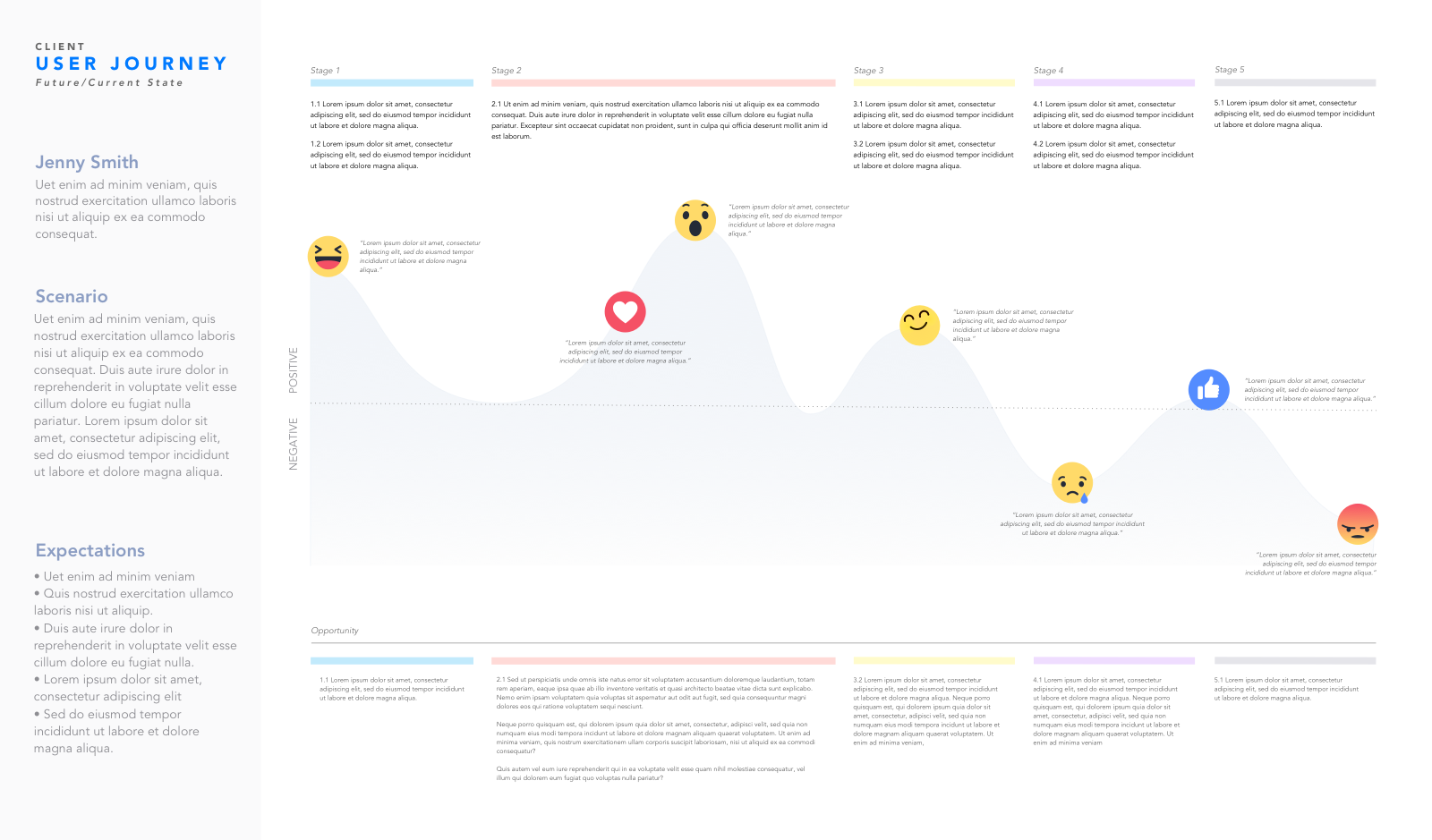What is Unmoderated User Testing?
Unmoderated user testing is a type of user research that involves testing a product or service with users without a moderator or facilitator present. In unmoderated user testing, participants are typically asked to complete specific tasks or scenarios on their own, using a testing platform or software to record their interactions and provide feedback.
During unmoderated user testing, participants are typically provided with a set of tasks or scenarios to complete within a specific time frame. They are then asked to complete these tasks on their own, using the product or service being tested. Participants may be asked to provide feedback during or after the testing process, which is typically collected through a combination of surveys, questionnaires, and other feedback tools.
The main benefits of unmoderated user testing include:
- Flexibility: Unmoderated user testing allows participants to complete the testing process at their own pace and on their own schedule, which can be more convenient for busy participants.
- Cost-effectiveness: Unmoderated user testing is often more cost-effective than traditional moderated testing, as it does not require the presence of a facilitator or moderator.
- Large sample sizes: Unmoderated user testing can often reach a larger sample size than traditional moderated testing, which can lead to more statistically significant results.
However, unmoderated user testing may also have some limitations. For example, participants may not receive as much guidance or support as they would in a moderated testing environment, and the absence of a facilitator may result in incomplete or inconsistent data.
Overall, unmoderated user testing can be a useful tool for gathering feedback and insights from a large and diverse group of users, but it should be used in conjunction with other user research methods to ensure a comprehensive understanding of users’ needs and behaviors.



